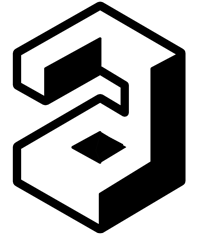Comparison of HLA-G Levels for Cord Blood Derived-MSC and Wharton's Jelly Derived-MSC
No Thumbnail Available
Date
2025
Journal Title
Journal ISSN
Volume Title
Publisher
Walter de Gruyter GmbH
Open Access Color
OpenAIRE Downloads
OpenAIRE Views
Abstract
Objectives: A special group of stem cells with multipotent and immunomodulatory properties are mesenchymal stem cells (MSCs). Many modulatory factors are thought to mediate immunomodulatory properties of MSCs. One of these modulatory factors is thought to be HLA-G, one of human leukocyte antigens (HLA). This study aimed to compare HLA-G levels in both stimulated and unstimulated of peripheral blood mononuclear cell (PBMC) cultures with "cord blood-MSC" (CB-MSC) and "Wharton's jelly-MSC" (WJ-MSC) at different rates and different incubation periods. Methods: WJ-MSCs were obtained by explant method, and CB-MSCs using Ficoll-paque. They were characterized by flow cytometry. MSCs and PBMCs were directly co-cultured for 24 and 72 h at 1:5 and 1:10, respectively. After incubations, the media were collected and HLA-G levels were measured by ELISA. Results: In the unstimulated group, the highest HLA-G level was found in the PBMC:WJ-MSC-72-1:5 group, while the lowest HLA-G level was found in the PBMC:CB-MSC-72-1:5. When 24-1:5 and 72-1:5 groups were examined, the HLA-G level decreased significantly in CB-MSC groups compared to WJ-MSC, while it increased significantly in the 24-1:10 and 72-1:10 groups (p<0.05). In stimulated groups, the highest HLA-G level was observed in the PBMC:CB-MSC-24-1:5. Conclusions: Our study aimed to evaluate the immunomodulatory effect of MSCs via HLA-G molecule. HLA-G levels changed with different incubation times of two different MSC sources. In this study, we suggest that MSCs as a cell therapy, in particular for immune system-related disease, may be a preliminary in vitro approach to evaluate the immunomodulatory effect via HLA-G.
Description
Keywords
WJ-MSC, CB-MSC, PBMC, HLA-G
Turkish CoHE Thesis Center URL
Fields of Science
Citation
WoS Q
Q4
Scopus Q
Q4
Source
Turkish Journal of Biochemistry-Turk Biyokimya Dergisi
Volume
Issue
Start Page
End Page
PlumX Metrics
Citations
Scopus : 0

Google Scholar™
